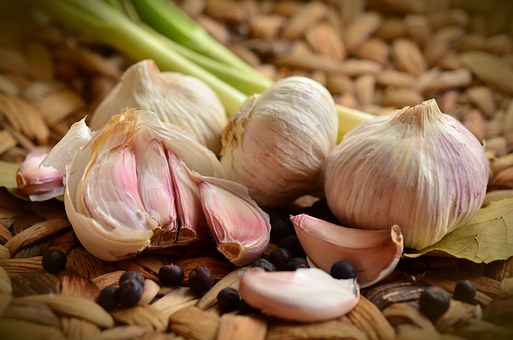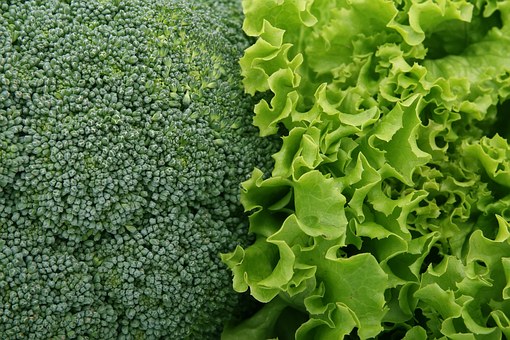Asparagus: An Excellent Source of Folic Acid
© HealthyMuslim. See Terms and Conditions

Asparagus is a member of the lily family and the edible vegetable comes in green, white and purple colors. The spears we buy in the store are actually the shoots from an underground crown. It takes up to 3 years for crowns to develop enough to begin producing shoots, but once they do, they can produce for up to 20 years.
Asparagus is an excellent source of folic acid, which is known to reduce birth defect and may also help control homocysteine, a risk factor for heart disease and cancer. It is also a good source of Vitamin C, thiamine and vitamin B6. Asparagus is high in rutin, a flavonoid that is thought to have anti-inflammatory properties, strengthens blood vessels, and prevents against oxidative damage.
This nutrient-packed vegetable is also high in glutathione, an antioxidant that protects cells from damage. Protodioscin is a plant chemical found in asparagus that has been found among other benefits, to reduce bone loss.
Health Benefits
Digestive health
Asparagus contains inulin, a carbohydrate that is not digested but promotes friendly bacteria in our large intestine. It also contains fructo-oligosaccarides (FOS), these promote the growth of beneficial bacteria in the colon.
Asparagine, a phytochemical in asparagus, gives it a diuretic effect. Natural diuretics promote the formation of urine in the kidneys, aiding in detoxification and cleansing.
A 2006 study reported in the British Journal of Medicine that extract of asparagus significantly increased the action of insulin by producing an eighty-one percent increase in glucose uptake in fat cells.
Heart health
When folate levels are low, blood levels of homocysteine can rise, which can significantly increase the risk of heart disease by promoting atherosclerosis (a build-up of fatty deposits in artery walls). The high folate content of asparagus makes it easy to obtain this valuable chemical.
Tips on Using Asparagus
- Choose bright green asparagus with closed, firm tips.
- If the tips are slightly wilted, freshen them by soaking them in cold water.
- It is not necessary to peel asparagus, but the fibrous base of the vegetable should be removed before cooking.
References
- Clarke R, et al. Hyperhomocystenemia: an independent risk factor for. New Eng J Med 324 (1991):1149-55.
- Mathews JN, Flatt PR, Abdel-Wahab YH. Asparagus adscendens (Shweta musali) stimulates insulin secretion, insulin action and inhibits starch digestion. Br J Nutr. 2006 Mar;95(3):576-581.
- Berg MJ. The importance of folic acid. J Gend Specif Med 1999 May-Jun;2(3):24-8 1999.
Link to this article: Show: HTML Link • Full Link • Short Link
Share or Bookmark this page: You will need to have an account with the selected service in order to post links or bookmark this page.





|
Related Articles:
- Folic Acid Versus Methyl Folate: Which Is the Better Supplement for Pregnancy?
- Vitamin B Preserves Memory and Wards Off Alzheimer's, Study Finds
- Vitamins and Minerals Associated With Reducing Eczema in Children
- Studies Highlight Some Benefits of Folic Acid
- Vitamin B and Folic Acid Help Fight Migraines
- Asparagus: An Excellent Source of Folic Acid
- The Importance of Folic Acid for Pre-Conception and Pregnancy
You must be registered and logged in to comment.
Most Popular
Latest Articles
Popular Subjects
Health, fitness and longevity
Based upon the principles of health
in the Qur'an and Prophetic Traditions.
HealthyMuslim.Com
There are two bounties in which
most people lose out: good health
and free time. Al-Bukhari.























